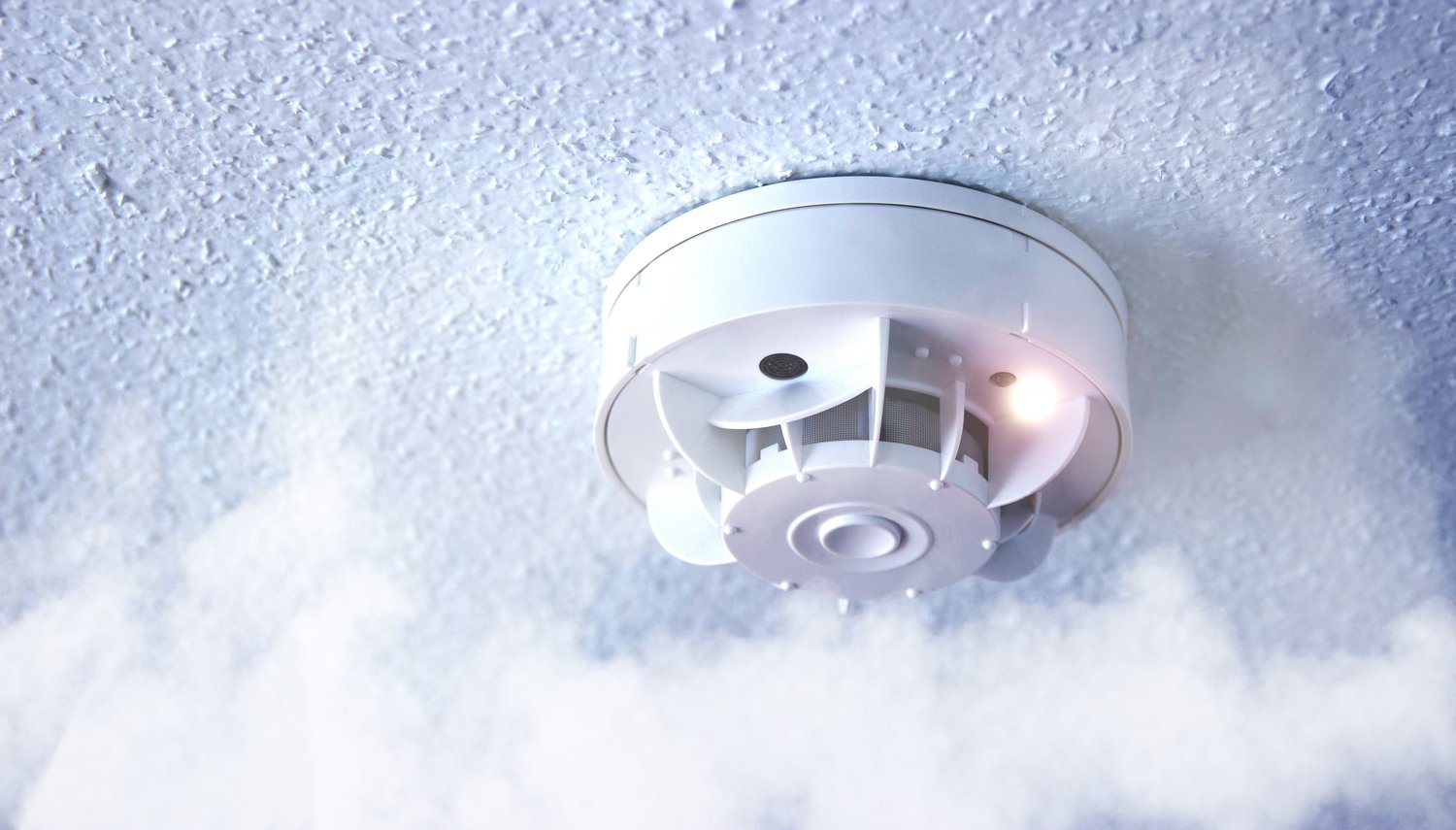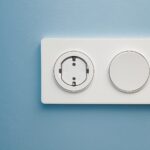In the quest for smarter, safer homes, smart smoke detectors are essential tools—but what happens when they start crying wolf with false alarms? These mishaps can undermine trust in your safety systems and disturb your peace of mind. Understanding the nuances of smart smoke detector sensitivity and connectivity can ensure they function effectively and reliably.
- Discover the common causes of false alarms and how sensitivity adjustments can make a difference.
- Learn to calibrate sensors for accurate detection and fewer nuisance alerts.
- Explore solutions to connectivity issues that often lead to false alarms, ensuring consistent performance.
By diving into this guide, homeowners will gain valuable insights into troubleshooting and optimizing their smart smoke detectors, ultimately enhancing both their home’s safety and their own peace of mind.
Understanding Smart Smoke Detector False Alarms and Sensitivity Adjustments
Smart smoke detectors are an essential component of home safety, but false alarms can often disrupt peace and may lead to complacency over time. Understanding the reasons behind these false alarms is crucial for reducing their occurrence. Common causes include cooking smoke, steam from showers, dust accumulation, and even aerosols. High sensitivity settings can also trigger frequent alerts, especially in kitchens and bathrooms.
Adjusting the sensitivity of your smart smoke detector can significantly reduce unnecessary alarms. Most modern smart detectors offer an app-based interface, allowing users to customize sensitivity settings to match the environment. For kitchens, decreasing the sensitivity to lower levels can prevent everyday activities from triggering the alarm. On the other hand, areas like bedrooms or living rooms might benefit from a slightly higher sensitivity setting to ensure safety during potential night fires.
Regular maintenance is another effective strategy. Clean your detectors frequently to remove dust and debris that might affect their sensors. By understanding and managing these factors, homeowners and property managers can maintain the balance between safety and convenience, ensuring their smart smoke detectors perform optimally.
Optimizing Sensor Accuracy: Smart Smoke Detector Solutions
For accurate detection and to minimize false alarms, it is essential to calibrate and maintain the sensors of your smart smoke detectors. Calibration involves ensuring that the sensors are set to detect actual smoke accurately while ignoring benign particles such as dust or steam.
Begin by consulting the user manual or the manufacturer’s app for guidance on calibration settings specific to your model. Many smart smoke detectors provide automatic calibration features. However, a manual reset every six months can enhance performance. Regularly inspect and clean the sensors using a soft brush or compressed air to remove any particulates.
Additionally, ensure that your smoke detectors are placed according to manufacturer recommendations, avoiding areas prone to humidity or excessive dust. Proper placement can greatly influence the detector’s ability to perform correctly without being prone to false triggers.
These diligent practices not only optimize the sensor accuracy but also bolster the overall reliability and safety of your smart smoke detection system. By investing time in understanding and maintaining these smart devices, you contribute significantly to maintaining a safe and secure home environment.
Troubleshooting Connectivity for Smart Smoke Detector False Alarms and Solutions
Smart smoke detectors are essential for home safety, but false alarms can often occur due to connectivity issues. Ensuring reliable performance in all areas of your home requires a detailed understanding of these potential problems and their solutions. Troubleshooting connectivity is crucial to reducing false alarms in smart smoke detectors.
One common issue is the interference with wireless signals. Devices such as microwaves, cordless phones, or other wireless networks can disrupt the connection between your smoke detectors and your home’s hub or Wi-Fi network. To mitigate this, consider relocating your router or adjusting the channels on your Wi-Fi to reduce interference.
Another key factor is the distance between the smart smoke detector and your home network router. If there are too many walls or significant distance, the signal can weaken, leading to dropouts and false alarms. To resolve this issue, you might need to install a Wi-Fi extender or reposition the smoke detector for better connectivity.
Regular software updates are essential for troubleshooting connectivity. Manufacturers frequently release updates to address bugs and enhance performance. Ensure your devices are equipped with the latest firmware to optimize their operation and connectivity.
Additionally, verify that your smart home hub, if applicable, is functioning properly. A malfunctioning hub can create communication breakdowns with your devices. Resetting the hub or consulting the manufacturer’s support can often solve these issues.
By diligently addressing these connectivity challenges, you can significantly reduce the occurrence of false alarms. This improves the efficiency of your smart smoke detectors, enhancing the overall safety of your home.
Frequently Asked Questions About Smart Smoke Detector Maintenance
Why does my smart smoke detector trigger false alarms?
Common causes include high sensitivity settings, steam, dust, or cooking smoke.
How can I adjust the sensitivity of my smart smoke detector?
Consult the user manual to access sensitivity settings, often adjustable via an app or control panel.
What should I do if my smoke detector has connectivity issues?
Ensure strong Wi-Fi reception or consider using a range extender to improve connectivity.
Can environmental factors affect my smoke detector’s performance?
Yes, factors like humidity, dust, and temperature variations can impact performance.
How do I maintain my smoke detector for optimal performance?
Regularly clean the sensors, test alarms monthly, and replace batteries annually.





